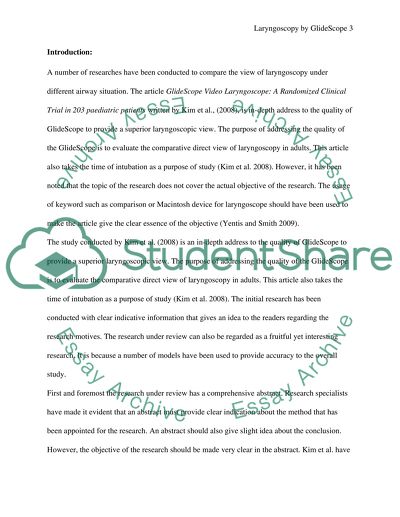Cite this document
(“Critical Appraisal to GlideScope Video Laryngoscope Essay”, n.d.)
Critical Appraisal to GlideScope Video Laryngoscope Essay. Retrieved from https://studentshare.org/health-sciences-medicine/1442233-critical-evaluation-and-application-of-research
Critical Appraisal to GlideScope Video Laryngoscope Essay. Retrieved from https://studentshare.org/health-sciences-medicine/1442233-critical-evaluation-and-application-of-research
(Critical Appraisal to GlideScope Video Laryngoscope Essay)
Critical Appraisal to GlideScope Video Laryngoscope Essay. https://studentshare.org/health-sciences-medicine/1442233-critical-evaluation-and-application-of-research.
Critical Appraisal to GlideScope Video Laryngoscope Essay. https://studentshare.org/health-sciences-medicine/1442233-critical-evaluation-and-application-of-research.
“Critical Appraisal to GlideScope Video Laryngoscope Essay”, n.d. https://studentshare.org/health-sciences-medicine/1442233-critical-evaluation-and-application-of-research.


